Microscopes
Welcome to our microscopes and stereomicroscopes section, where you will find a wide range of specialized equipment designed to meet all your laboratory needs. Our microscopes are essential tools for detailed observation and precise analysis of biological, medical, and material samples. Whether you need a microscope for educational, professional, or research applications, we have the perfect equipment for you.
How to Differentiate a Microscope from a Stereoscope?
It is important to know the differences between a microscope and a stereoscope to choose the right equipment for your needs. Here we explain the main differences:
Microscope
A microscope, whether optical or electronic, is an instrument designed to magnify small objects, allowing the observation of details that are not visible to the naked eye. Some key features of microscopes include:
- Two-dimensional image: Microscopes produce flat images of the samples.
- High magnification: They can achieve very high magnifications, essential for observing cells, bacteria, and other microorganisms.
- Applications: Commonly used in biological, medical, and research laboratories to analyze biological samples and materials.
Stereoscope
A stereoscope, also known as a stereoscopic microscope, is a type of microscope designed to provide a three-dimensional (3D) view of the samples. Its distinctive features include:
- Three-dimensional image: Allows observing the sample in three dimensions, which is ideal for work requiring depth perception.
- Lower magnification: Stereoscopes have lower magnification compared to conventional microscopes but are sufficient to observe surface details.
- Applications: Used in biology, geology, materials engineering, and for inspection and assembly of small components in electronics and jewelry.
In summary, the choice between a microscope and a stereoscope depends on the type of observation you need to perform. Microscopes are ideal for viewing internal details of small samples at high magnification, while stereoscopes are perfect for viewing and manipulating objects in three dimensions.
Characteristics of Stereomicroscopes
Stereomicroscopes, also known as stereoscopic microscopes, are fundamental instruments in various scientific and technical fields due to their ability to provide a three-dimensional view of samples. Here we present a detailed explanation of their most outstanding features:
Three-Dimensional (3D) Image
One of the most important features of stereomicroscopes is their ability to provide a three-dimensional image. This is achieved by using two separate optical paths, each with its own eyepiece and objective. This configuration allows observing the sample with depth perception, which is essential for tasks requiring precision and detail in three dimensions.
Variable Magnification
Stereomicroscopes usually offer variable magnification, generally in a lower range compared to compound microscopes. Typical magnifications range between 10x and 50x, although some models can reach 100x. This feature allows adjusting the level of detail according to the specific needs of the observation.
Illumination
Illumination in stereomicroscopes is crucial for obtaining a clear and detailed image. These microscopes can have different illumination systems, such as incident (top) and transmitted (bottom) lighting, allowing the observation of opaque and transparent samples, respectively. Additionally, some units include adjustable LED lights to improve visibility and reduce eye fatigue.
Versatility of Use
Thanks to their ability to provide a three-dimensional image, stereomicroscopes are extremely versatile and used in a wide range of applications. In biology, they are used to study living specimens and dissections. In geology, to examine minerals and fossils. In the electronics industry, for the inspection and assembly of printed circuits and small components. In jewelry, for the evaluation and repair of gems and fine jewelry.
Ease of Use
Another significant advantage of stereomicroscopes is their ease of use. They do not require special sample preparation and are intuitive, making them ideal for both experienced professionals and students. Their ergonomic design reduces user strain, allowing prolonged observation sessions without discomfort.
Robust Construction and Stability
Stereomicroscopes are designed to be robust and stable. This is especially important in industrial and laboratory environments where the equipment must withstand constant and potentially rigorous use. Many models include heavy bases and metal structures that ensure durability and stability during use.
In summary, stereomicroscopes are essential tools in multiple disciplines due to their ability to provide detailed three-dimensional images, versatility in application, and ease of use. Whether in an educational laboratory, advanced scientific research, or an industrial application, stereomicroscopes offer the necessary features for precise and detailed observation.
Variety of Microscopes
At Quirumed, you will find a wide selection of microscopes that include:
- Optical Microscopes: Perfect for observing cells and tissues at high resolution.
- Electron Microscopes: Ideal for research requiring an extremely high level of detail.
- Digital Microscopes: Equipped with integrated cameras to capture and analyze images digitally.
Laboratory Applications
Our microscopes and stereomicroscopes are ideal for various applications in the laboratory, such as:
- Biomedical research and tissue analysis.
- Material and nanomaterial studies.
- Forensic investigations.
- Education and training in biological and physical sciences.
How to Choose the Right Microscope for Your Needs?
The choice of microscope depends on several factors, such as the type of samples you will observe, the level of detail required, and the available budget. Here are some key considerations:
- Type of Microscope: Optical, electronic, digital, or stereoscopic microscope.
- Application: Educational, research, clinical, industrial use, etc.
- Specific Features: Magnification, resolution, ease of use, compatibility with digital cameras, etc.
- Budget: Evaluate the cost and available financing options.
Features of Microscopes
Microscopes are fundamental tools in various scientific and technical areas, used to observe objects and structures too small to be seen with the naked eye. Here are the key features of different types of microscopes:
Professional Microscopes
Professional microscopes are designed for advanced applications in research, clinical, and industrial settings. Some outstanding features are:
- High-Quality Lens System: Offers superior optics with multiple lenses to achieve significant magnification and high resolution.
- Advanced Illumination: Uses illumination systems like LED, halogen, and fluorescent lamps, with options for incident and transmitted lighting.
- Ergonomics and Stability: Robust construction and ergonomic design for prolonged use without fatigue.
- Accessory Compatibility: Integration with digital cameras, analysis software, and other specialized accessories.
- Applications: Biomedical research, materials science, electronics, geology, and more.
Professional Optical Microscopes
Use glass lenses and visible light to provide clear and detailed images of biological samples and materials.
Professional Electron Microscopes
Use electrons instead of visible light to achieve extremely high resolutions, allowing observation at the atomic level.
Professional Digital Microscopes
Equipped with advanced digital cameras, they allow the capture, storage, and detailed analysis of high-resolution images.
Professional Stereomicroscopes
Provide three-dimensional images, ideal for applications requiring precise depth perception.
Educational Microscopes
Educational microscopes are designed to facilitate learning and teaching in academic settings. Their features include:
- Simple Lens System: Good quality but more accessible lenses, with sufficient magnifications for educational observation.
- Basic Illumination: Suitable illumination systems for most educational needs, generally with LED lamps.
- Ease of Use: Intuitive and easy-to-handle design for students and teachers.
- Durability: Robust construction to withstand frequent use in classrooms and school laboratories.
- Applications: Education in biology, chemistry, physics, and general sciences.
Educational Optical Microscopes
Ideal for basic teaching of biology and other sciences, allowing students to observe cells, tissues, and other organisms.
Educational Digital Microscopes
Equipped with simple digital cameras, they facilitate the visualization and capture of images for educational projects and presentations.
Educational Stereomicroscopes
Offer a three-dimensional view, perfect for studying objects in three dimensions such as insects, plants, and small electronic components.
Explore our MICROSCOPES AND STEREOMICROSCOPES category and discover the perfect equipment for your laboratory.
-
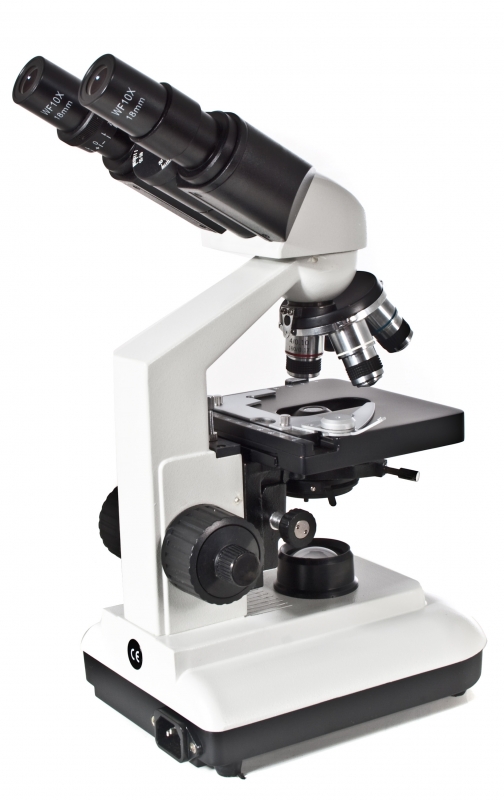 Binocular biological microscope, objectives 4x, 10x, 40x, 100xSpecial Price £189.99 Excluding VAT £189.99 Regular Price £263.36In stock - Delivery in 6/8 days
Binocular biological microscope, objectives 4x, 10x, 40x, 100xSpecial Price £189.99 Excluding VAT £189.99 Regular Price £263.36In stock - Delivery in 6/8 days -
 Professional microscope, serie 158Special Price £713.79 Excluding VAT £713.79 Regular Price £1,633.46
Professional microscope, serie 158Special Price £713.79 Excluding VAT £713.79 Regular Price £1,633.46 -
 Professional Binocular Microscope. AchromaticSpecial Price £219.99 Excluding VAT £219.99 Regular Price £269.63In stock - Delivery in 6/8 days
Professional Binocular Microscope. AchromaticSpecial Price £219.99 Excluding VAT £219.99 Regular Price £269.63In stock - Delivery in 6/8 days -
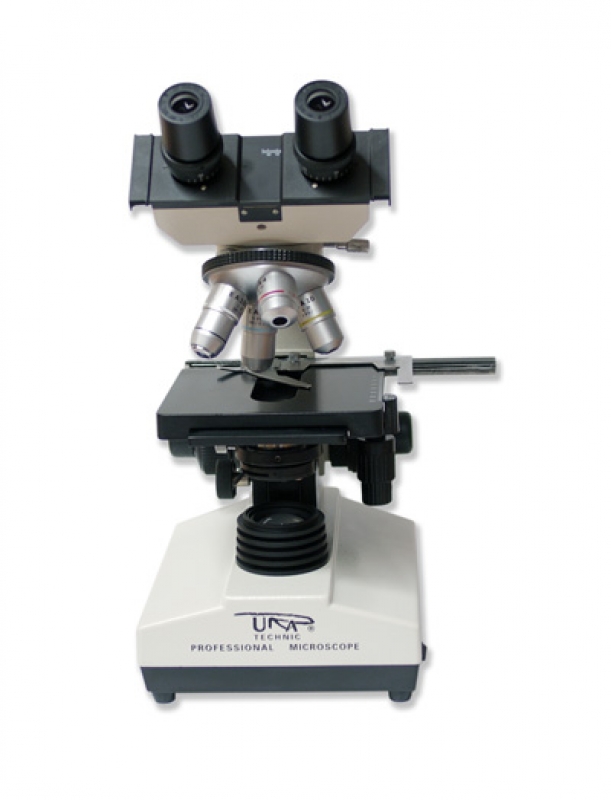 Professional microscope, serie 100, achromaticAs low as £348.40 Excluding VAT £348.40 RRP Regular Price £419.96 RRP Regular Price £419.96
Professional microscope, serie 100, achromaticAs low as £348.40 Excluding VAT £348.40 RRP Regular Price £419.96 RRP Regular Price £419.96 -
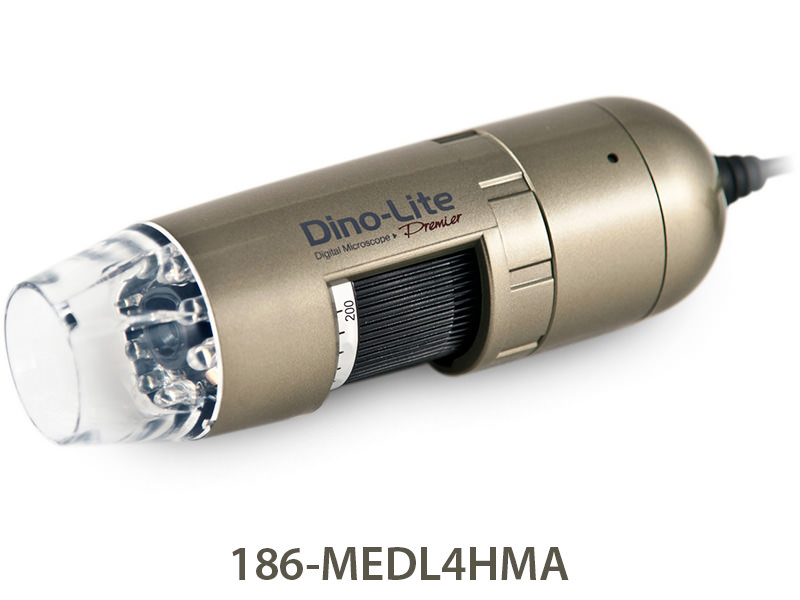 USB digital microscope tricoscope TricoScope, 8 LEDs, 10-70x and 200xAs low as £304.36 Excluding VAT £304.36
USB digital microscope tricoscope TricoScope, 8 LEDs, 10-70x and 200xAs low as £304.36 Excluding VAT £304.36 -
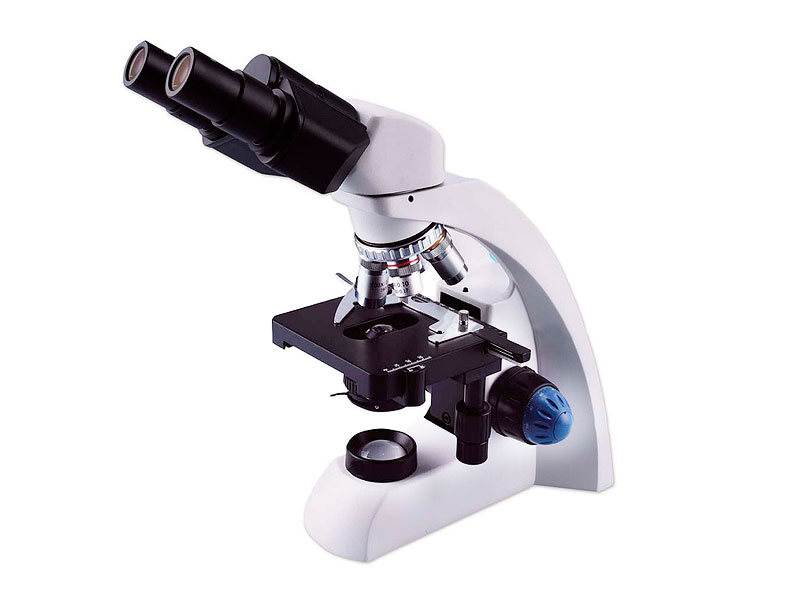 E Series Zuzi Microscope for TrainingAs low as £293.17 Excluding VAT £293.17In stock - Delivery in 6/8 days
E Series Zuzi Microscope for TrainingAs low as £293.17 Excluding VAT £293.17In stock - Delivery in 6/8 days -
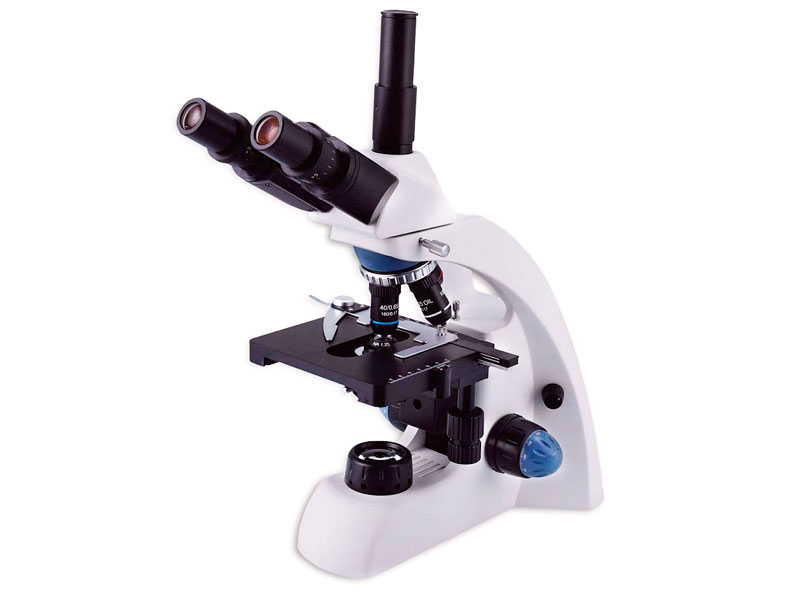 P Series Professional Microscope by ZuziAs low as £433.38 Excluding VAT £433.38 RRP Regular Price £467.01 RRP Regular Price £467.01In stock - Delivery in 6/8 daysIn stock - Delivery in 6/8 days
P Series Professional Microscope by ZuziAs low as £433.38 Excluding VAT £433.38 RRP Regular Price £467.01 RRP Regular Price £467.01In stock - Delivery in 6/8 daysIn stock - Delivery in 6/8 days
Welcome to our microscopes and stereomicroscopes section, where you will find a wide range of specialized equipment designed to meet all your laboratory needs. Our microscopes are essential tools for detailed observation and precise analysis of biological, medical, and material samples. Whether you need a microscope for educational, professional, or research applications, we have the perfect equipment for you.
How to Differentiate a Microscope from a Stereoscope?
It is important to know the differences between a microscope and a stereoscope to choose the right equipment for your needs. Here we explain the main differences:
Microscope
A microscope, whether optical or electronic, is an instrument designed to magnify small objects, allowing the observation of details that are not visible to the naked eye. Some key features of microscopes include:
- Two-dimensional image: Microscopes produce flat images of the samples.
- High magnification: They can achieve very high magnifications, essential for observing cells, bacteria, and other microorganisms.
- Applications: Commonly used in biological, medical, and research laboratories to analyze biological samples and materials.
Stereoscope
A stereoscope, also known as a stereoscopic microscope, is a type of microscope designed to provide a three-dimensional (3D) view of the samples. Its distinctive features include:
- Three-dimensional image: Allows observing the sample in three dimensions, which is ideal for work requiring depth perception.
- Lower magnification: Stereoscopes have lower magnification compared to conventional microscopes but are sufficient to observe surface details.
- Applications: Used in biology, geology, materials engineering, and for inspection and assembly of small components in electronics and jewelry.
In summary, the choice between a microscope and a stereoscope depends on the type of observation you need to perform. Microscopes are ideal for viewing internal details of small samples at high magnification, while stereoscopes are perfect for viewing and manipulating objects in three dimensions.
Characteristics of Stereomicroscopes
Stereomicroscopes, also known as stereoscopic microscopes, are fundamental instruments in various scientific and technical fields due to their ability to provide a three-dimensional view of samples. Here we present a detailed explanation of their most outstanding features:
Three-Dimensional (3D) Image
One of the most important features of stereomicroscopes is their ability to provide a three-dimensional image. This is achieved by using two separate optical paths, each with its own eyepiece and objective. This configuration allows observing the sample with depth perception, which is essential for tasks requiring precision and detail in three dimensions.
Variable Magnification
Stereomicroscopes usually offer variable magnification, generally in a lower range compared to compound microscopes. Typical magnifications range between 10x and 50x, although some models can reach 100x. This feature allows adjusting the level of detail according to the specific needs of the observation.
Illumination
Illumination in stereomicroscopes is crucial for obtaining a clear and detailed image. These microscopes can have different illumination systems, such as incident (top) and transmitted (bottom) lighting, allowing the observation of opaque and transparent samples, respectively. Additionally, some units include adjustable LED lights to improve visibility and reduce eye fatigue.
Versatility of Use
Thanks to their ability to provide a three-dimensional image, stereomicroscopes are extremely versatile and used in a wide range of applications. In biology, they are used to study living specimens and dissections. In geology, to examine minerals and fossils. In the electronics industry, for the inspection and assembly of printed circuits and small components. In jewelry, for the evaluation and repair of gems and fine jewelry.
Ease of Use
Another significant advantage of stereomicroscopes is their ease of use. They do not require special sample preparation and are intuitive, making them ideal for both experienced professionals and students. Their ergonomic design reduces user strain, allowing prolonged observation sessions without discomfort.
Robust Construction and Stability
Stereomicroscopes are designed to be robust and stable. This is especially important in industrial and laboratory environments where the equipment must withstand constant and potentially rigorous use. Many models include heavy bases and metal structures that ensure durability and stability during use.
In summary, stereomicroscopes are essential tools in multiple disciplines due to their ability to provide detailed three-dimensional images, versatility in application, and ease of use. Whether in an educational laboratory, advanced scientific research, or an industrial application, stereomicroscopes offer the necessary features for precise and detailed observation.
Variety of Microscopes
At Quirumed, you will find a wide selection of microscopes that include:
- Optical Microscopes: Perfect for observing cells and tissues at high resolution.
- Electron Microscopes: Ideal for research requiring an extremely high level of detail.
- Digital Microscopes: Equipped with integrated cameras to capture and analyze images digitally.
Laboratory Applications
Our microscopes and stereomicroscopes are ideal for various applications in the laboratory, such as:
- Biomedical research and tissue analysis.
- Material and nanomaterial studies.
- Forensic investigations.
- Education and training in biological and physical sciences.
How to Choose the Right Microscope for Your Needs?
The choice of microscope depends on several factors, such as the type of samples you will observe, the level of detail required, and the available budget. Here are some key considerations:
- Type of Microscope: Optical, electronic, digital, or stereoscopic microscope.
- Application: Educational, research, clinical, industrial use, etc.
- Specific Features: Magnification, resolution, ease of use, compatibility with digital cameras, etc.
- Budget: Evaluate the cost and available financing options.
Features of Microscopes
Microscopes are fundamental tools in various scientific and technical areas, used to observe objects and structures too small to be seen with the naked eye. Here are the key features of different types of microscopes:
Professional Microscopes
Professional microscopes are designed for advanced applications in research, clinical, and industrial settings. Some outstanding features are:
- High-Quality Lens System: Offers superior optics with multiple lenses to achieve significant magnification and high resolution.
- Advanced Illumination: Uses illumination systems like LED, halogen, and fluorescent lamps, with options for incident and transmitted lighting.
- Ergonomics and Stability: Robust construction and ergonomic design for prolonged use without fatigue.
- Accessory Compatibility: Integration with digital cameras, analysis software, and other specialized accessories.
- Applications: Biomedical research, materials science, electronics, geology, and more.
Professional Optical Microscopes
Use glass lenses and visible light to provide clear and detailed images of biological samples and materials.
Professional Electron Microscopes
Use electrons instead of visible light to achieve extremely high resolutions, allowing observation at the atomic level.
Professional Digital Microscopes
Equipped with advanced digital cameras, they allow the capture, storage, and detailed analysis of high-resolution images.
Professional Stereomicroscopes
Provide three-dimensional images, ideal for applications requiring precise depth perception.
Educational Microscopes
Educational microscopes are designed to facilitate learning and teaching in academic settings. Their features include:
- Simple Lens System: Good quality but more accessible lenses, with sufficient magnifications for educational observation.
- Basic Illumination: Suitable illumination systems for most educational needs, generally with LED lamps.
- Ease of Use: Intuitive and easy-to-handle design for students and teachers.
- Durability: Robust construction to withstand frequent use in classrooms and school laboratories.
- Applications: Education in biology, chemistry, physics, and general sciences.
Educational Optical Microscopes
Ideal for basic teaching of biology and other sciences, allowing students to observe cells, tissues, and other organisms.
Educational Digital Microscopes
Equipped with simple digital cameras, they facilitate the visualization and capture of images for educational projects and presentations.
Educational Stereomicroscopes
Offer a three-dimensional view, perfect for studying objects in three dimensions such as insects, plants, and small electronic components.
Explore our MICROSCOPES AND STEREOMICROSCOPES category and discover the perfect equipment for your laboratory.



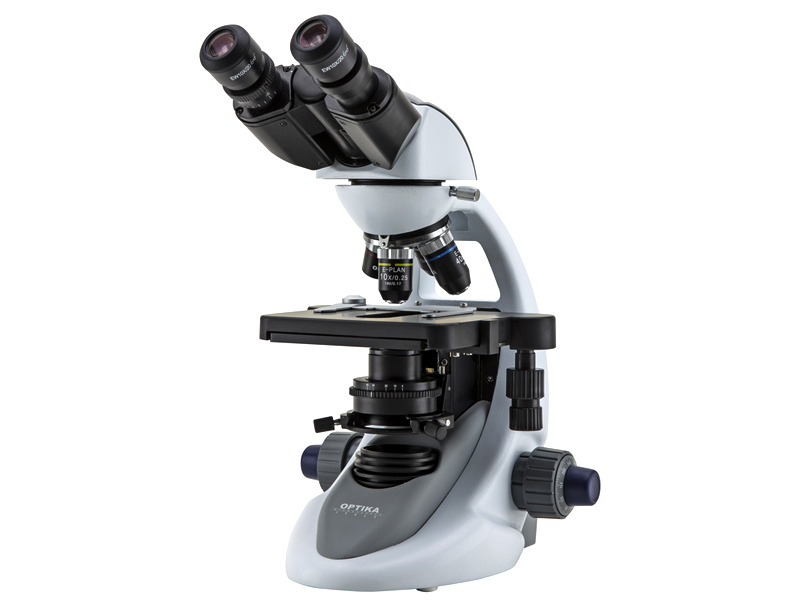

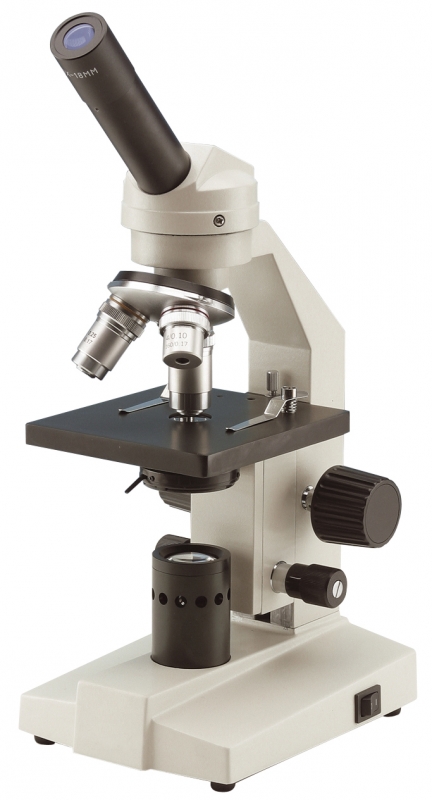


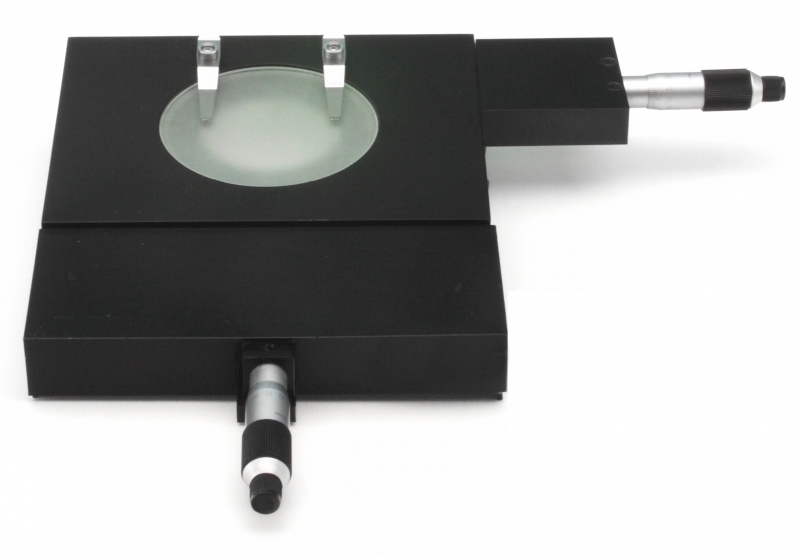



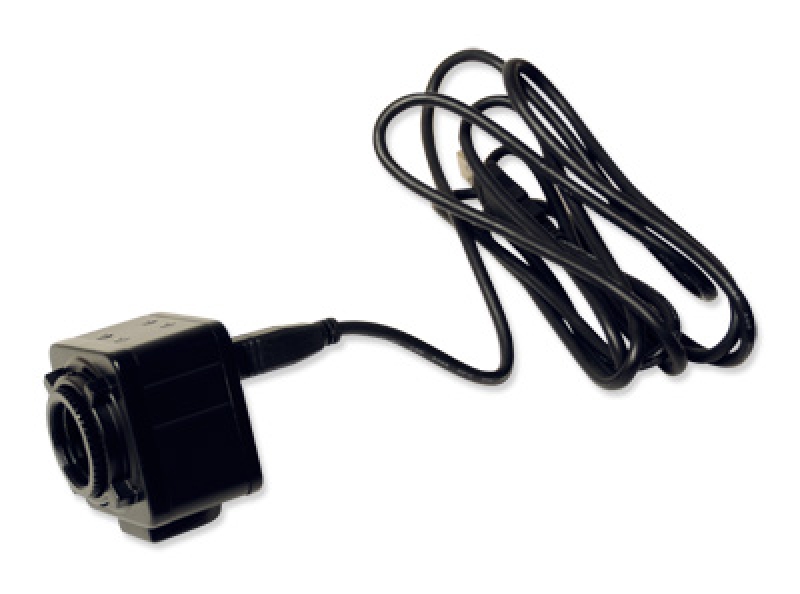
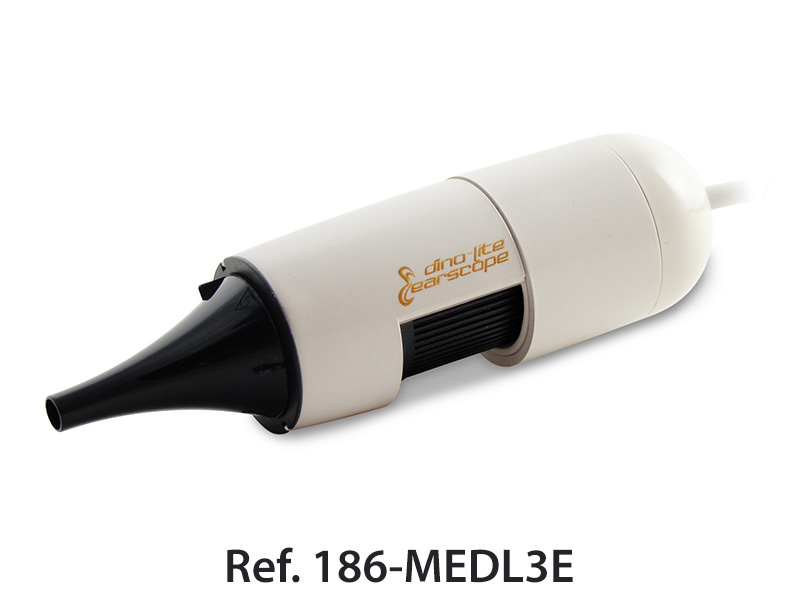


 continue in UK
continue in UK Ireland
Ireland